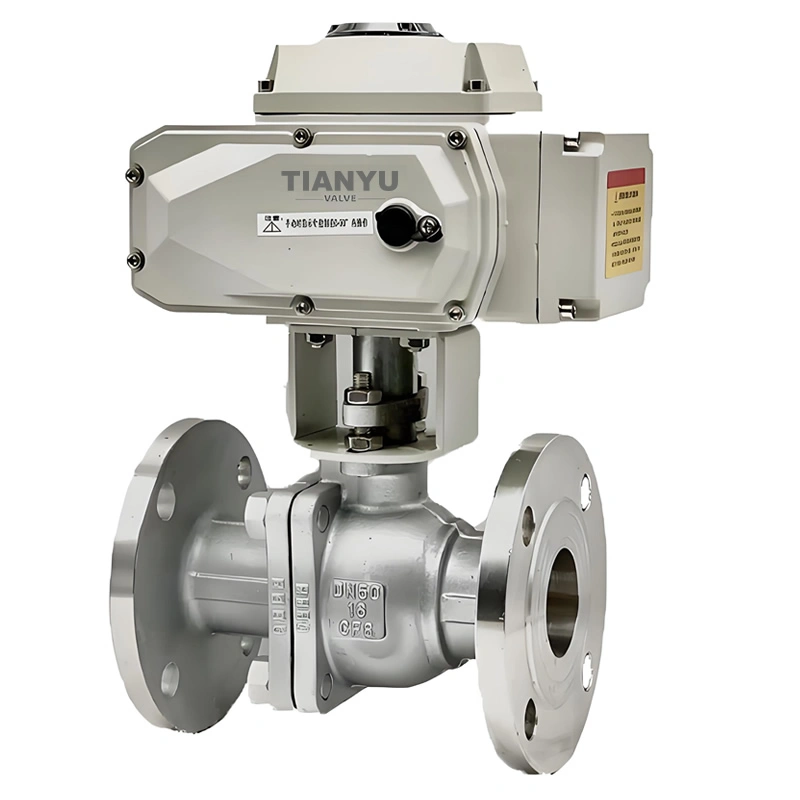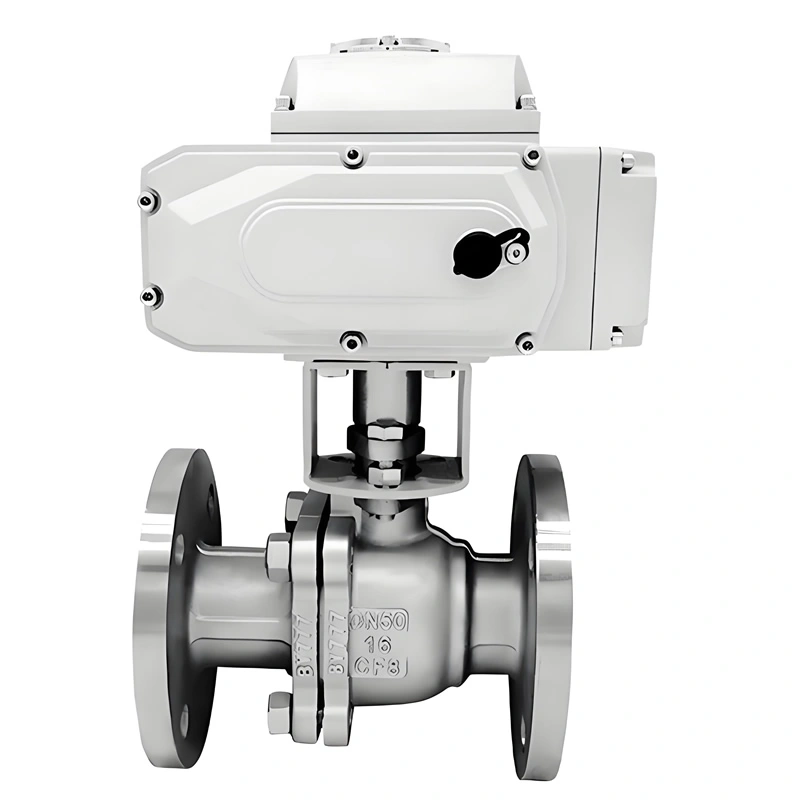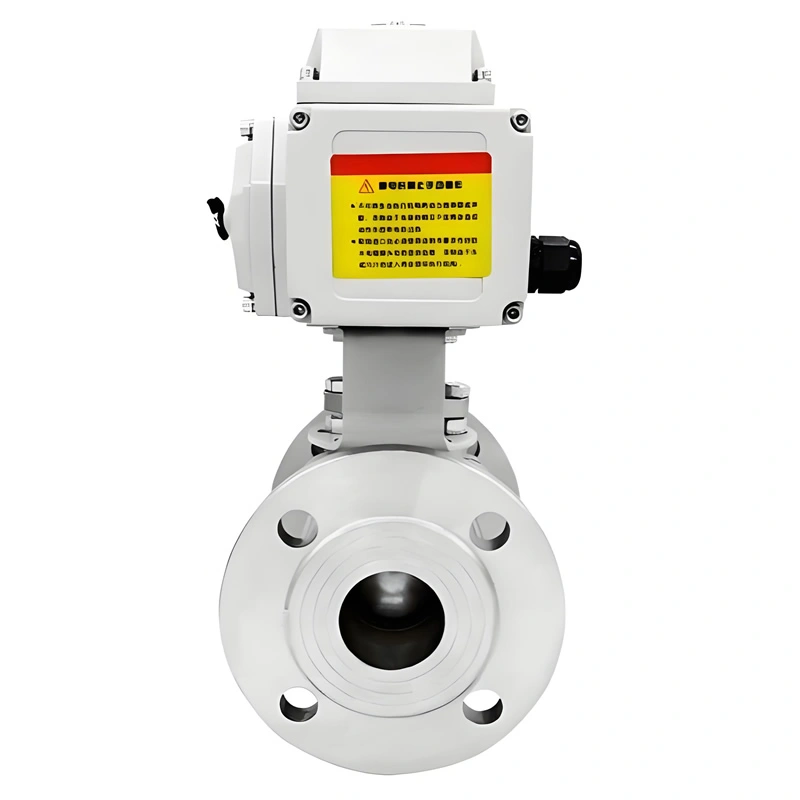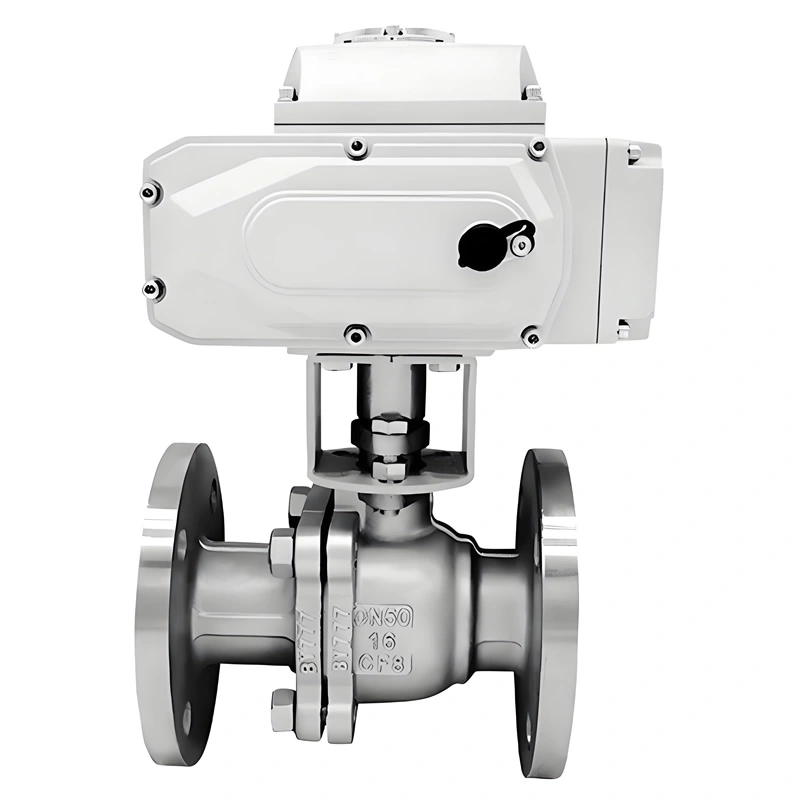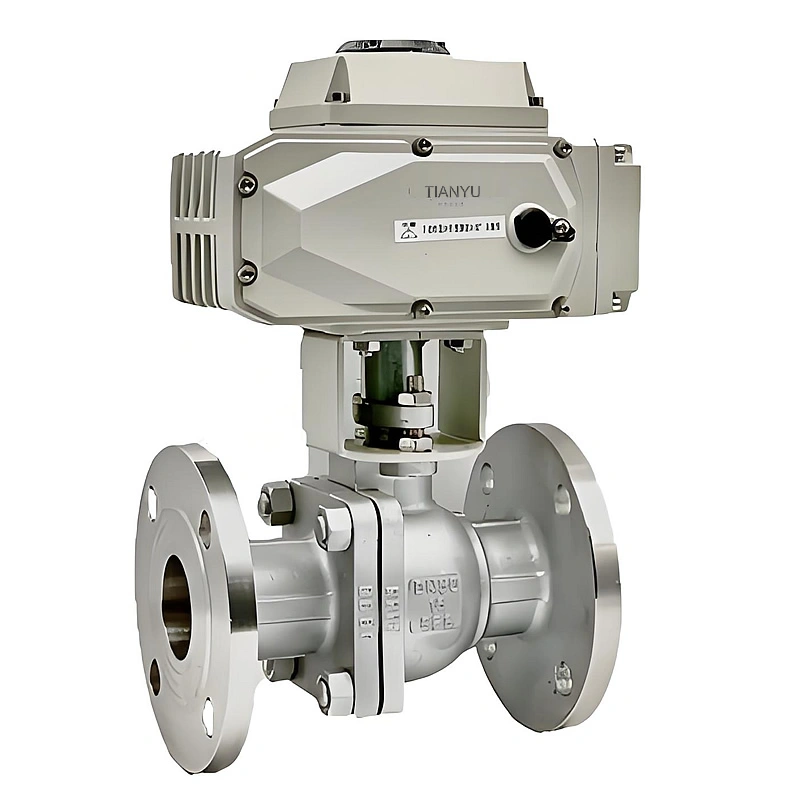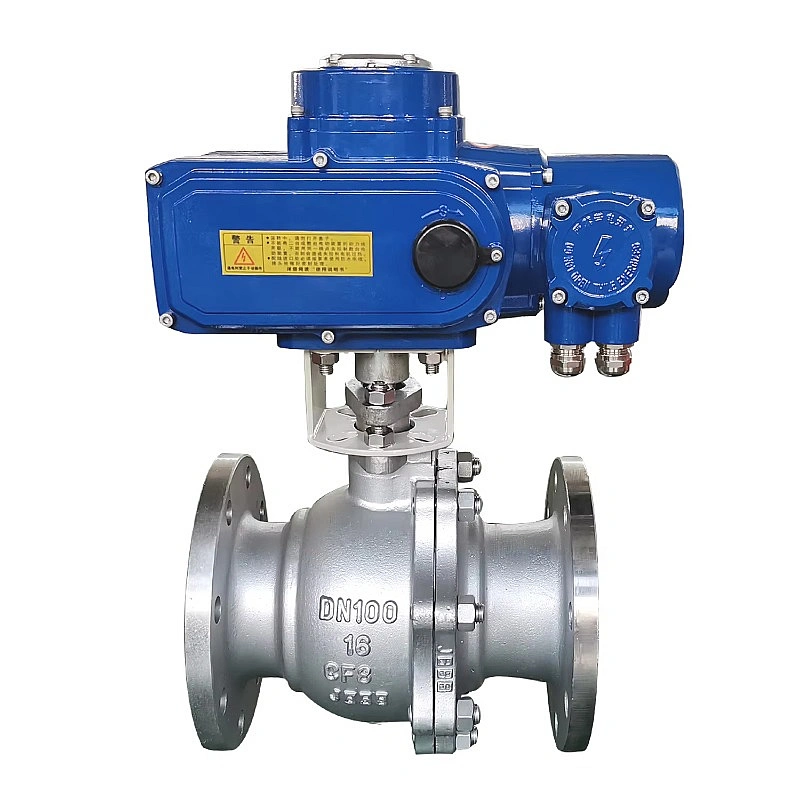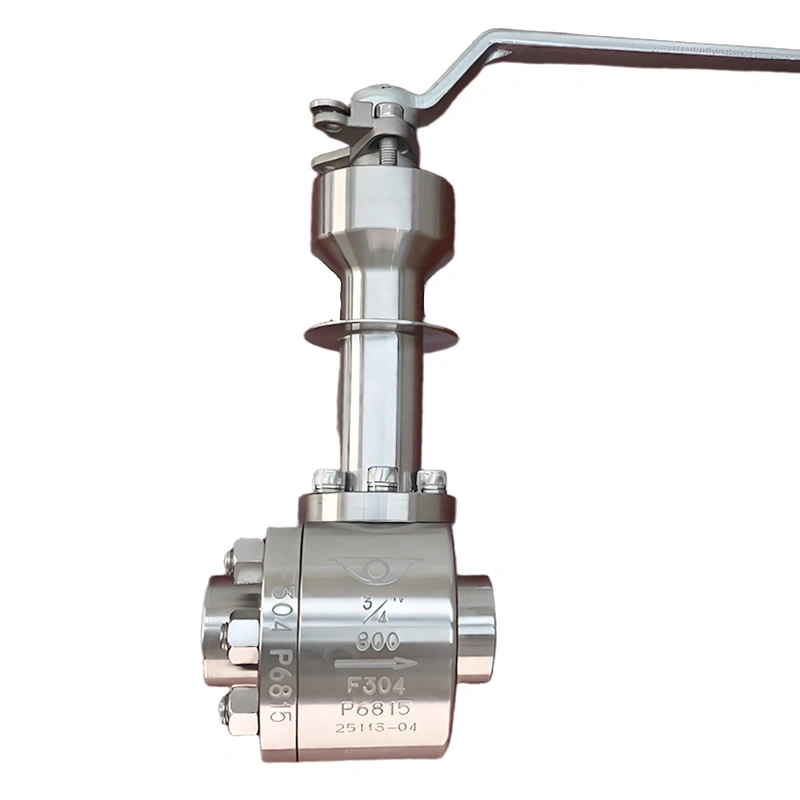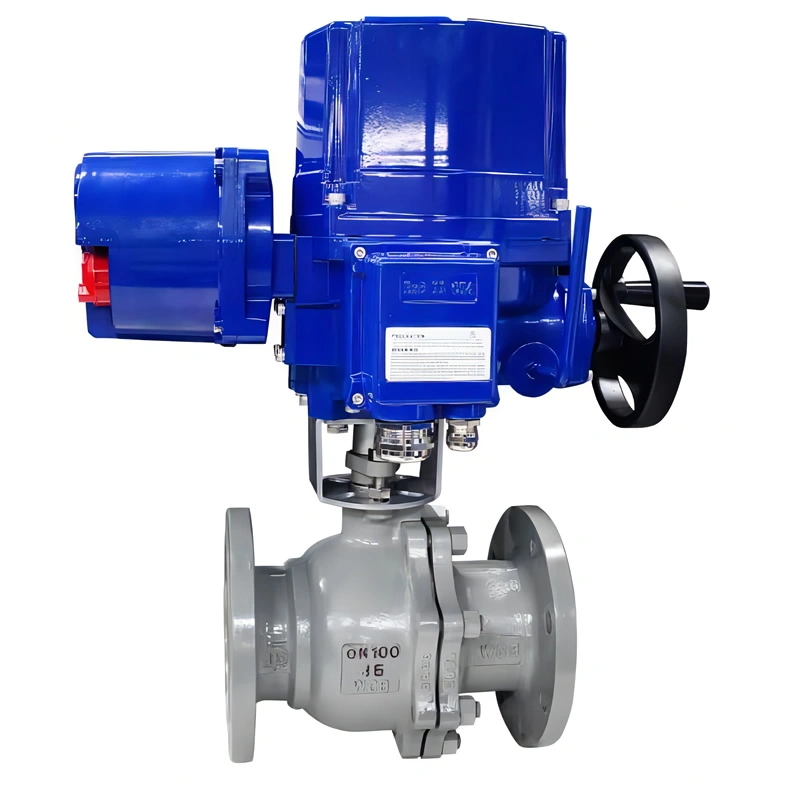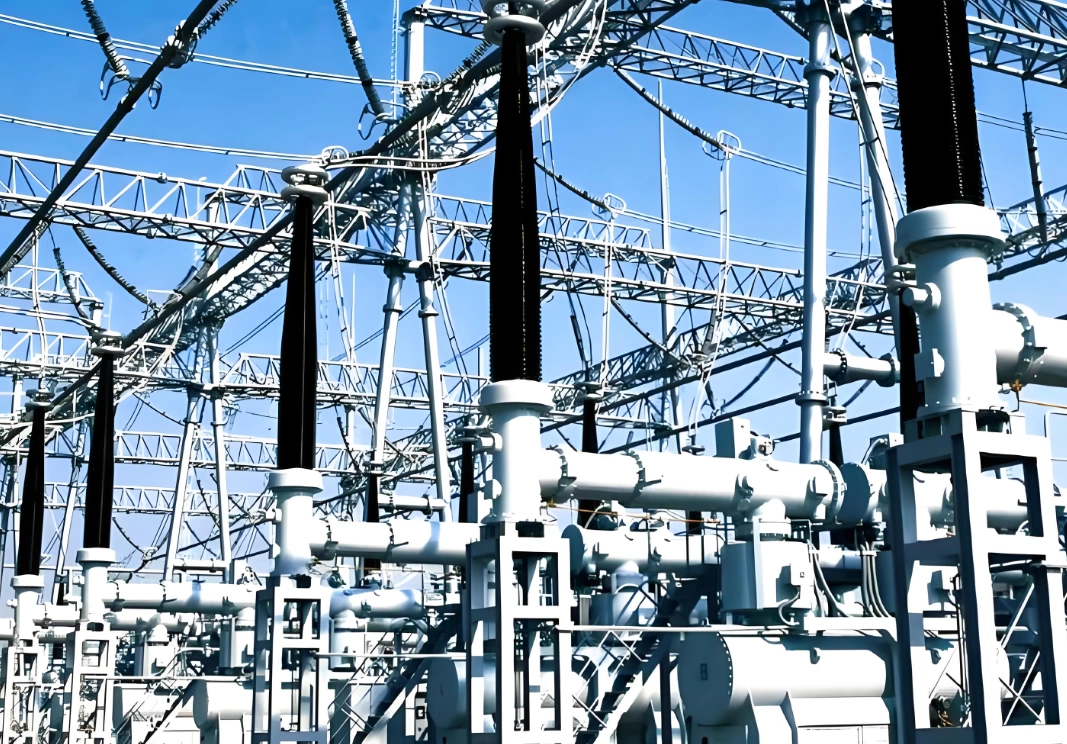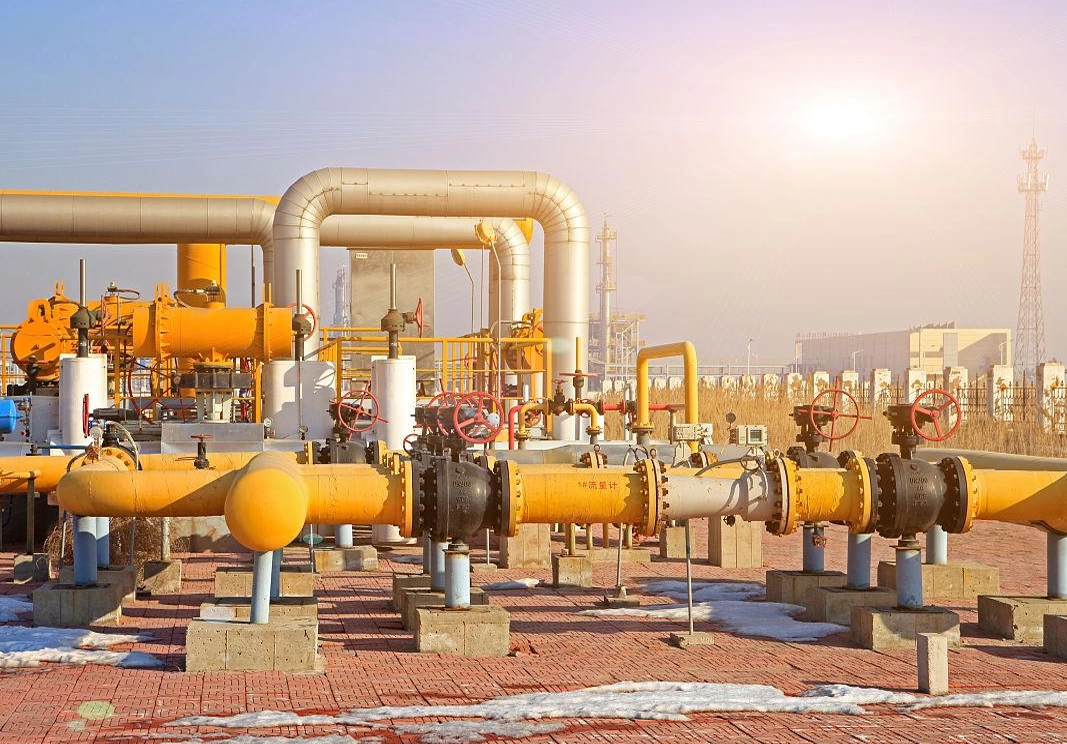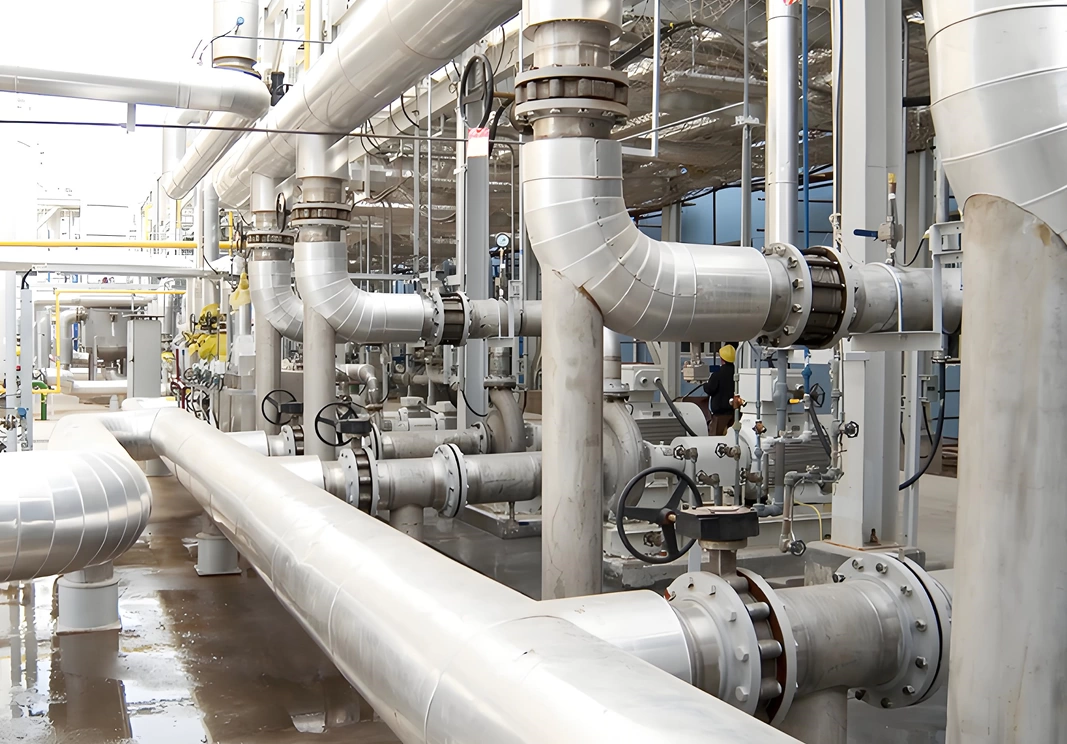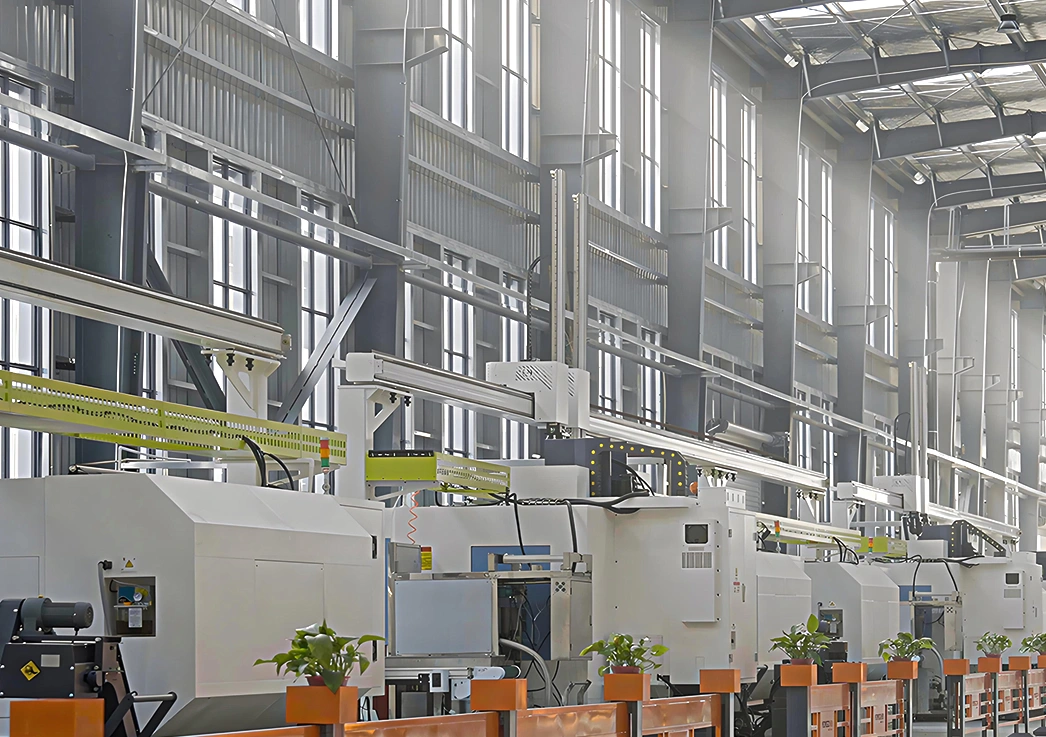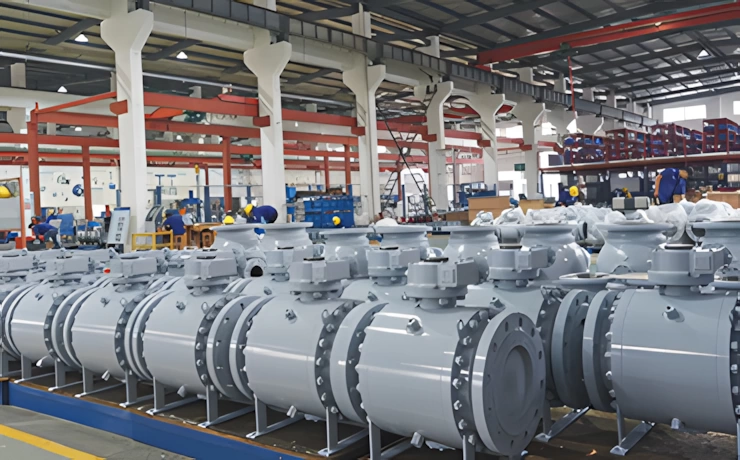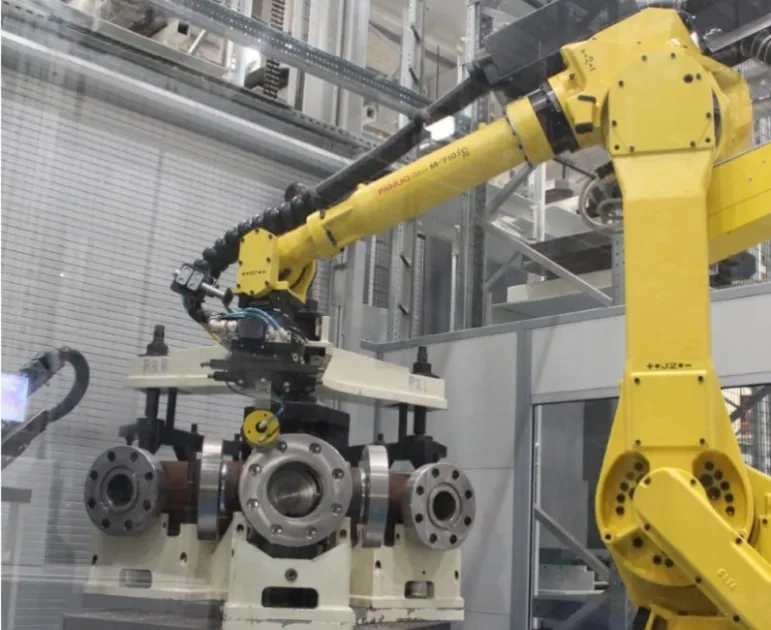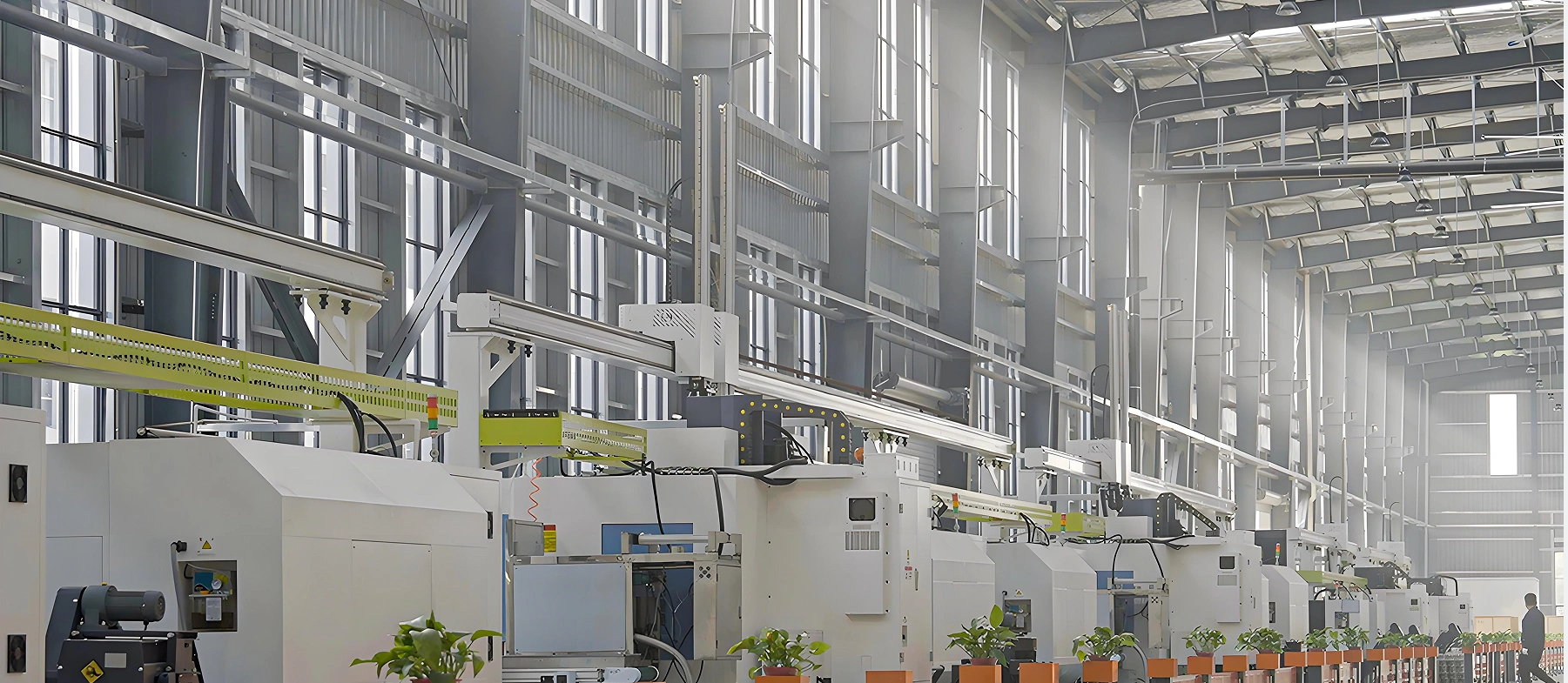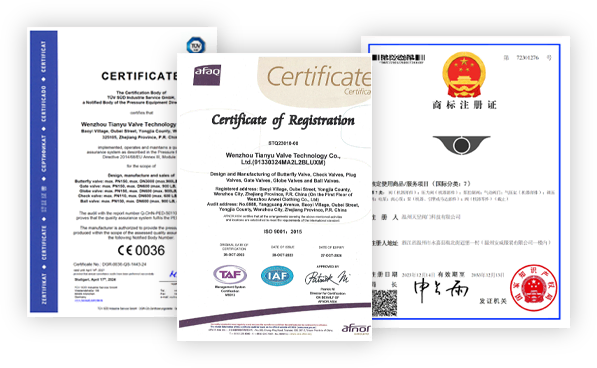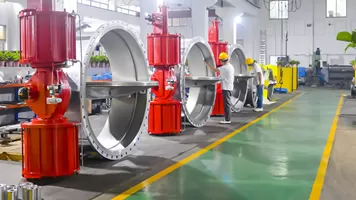The floating ball design is a defining feature of this valve, setting it apart from trunnion-mounted alternatives. Unlike fixed trunnion balls, the floating ball is not anchored to the stem—instead, it “floats” within the valve body, shifting under the pressure of the media. This movement presses the ball firmly against the downstream seat, creating a tight seal that improves with increasing pressure.
In high-pressure oil pipelines, for example, the floating ball automatically adjusts to media pressure, maintaining leak-tight performance even during pressure spikes. This self-enhancing sealing mechanism eliminates the need for additional actuation force, reducing operational complexity and ensuring reliability in dynamic operating conditions.
The full port design ensures the valve’s internal diameter is identical to the connected pipeline, eliminating flow restrictions. Unlike reduced port valves, which narrow the flow path and increase pressure drop, full port floating ball valves allow media to pass through with minimal resistance—ideal for applications requiring high flow rates, such as chemical transfer lines or oil distribution systems.
This design also simplifies pipeline cleaning and maintenance, as pigging (pipe cleaning) tools can pass through the valve unobstructed. In a refinery’s gasoline blending system, the full port design reduces pump energy consumption by up to 20% compared to reduced port valves, delivering long-term cost savings.
The two-piece body and bonnet design balances structural integrity with serviceability. The split construction allows the valve to be disassembled without removing it from the pipeline, simplifying maintenance tasks like seat replacement or stem packing adjustment. This is particularly valuable in confined spaces or remote installations where pipeline shutdowns are costly.
The body-bonnet connection uses a gasket seal reinforced by metal-to-metal contact, preventing leakage due to vibration, temperature changes, or pressure fluctuations. In industrial settings with frequent operational cycles, this robust connection ensures the valve maintains structural integrity for years, reducing unplanned downtime.
The optional fire-safe design addresses a critical risk in oil, gas, and chemical applications: seat failure during fires. If non-metallic seats (PTFE/PPL) burn, the floating ball shifts to make direct metal-to-metal contact with the valve body’s internal metal seat, forming a secondary seal that prevents massive media leakage. This design complies with API 607/API 6FA standards, minimizing fire spread and environmental damage.
Anti-static protection is another key safety feature, especially for flammable media. A conductive path between the ball, stem, and body discharges static electricity that builds up during operation, eliminating the risk of spark-induced explosions. In natural gas transmission lines, these features are not just optional—they are essential for regulatory compliance and operational safety.
Stainless steel (CF8/CF8M) construction provides exceptional resistance to corrosion, pitting, and crevice damage. CF8 (304 stainless steel) is suitable for general industrial media like water, air, and mild chemicals, while CF8M (316 stainless steel) includes molybdenum for enhanced resistance to chlorides and aggressive chemicals.
In coastal desalination plants, for example, a CF8M floating ball valve resists corrosion from saltwater, maintaining performance for over a decade—whereas carbon steel valves would degrade within 2–3 years. The material’s durability also reduces maintenance costs, as the valve requires minimal cleaning or replacement of corroded components.
- Raw Material Verification: Stainless steel billets (CF8/CF8M) undergo spectral analysis to confirm chemical composition (Cr: 16–18%, Ni: 10–12%, Mo: 2–3% for CF8M) and ultrasonic testing to detect internal defects. Mechanical testing (tensile, impact) ensures compliance with ASTM A351 standards.
- Seat Material Testing: Seat materials (PTFE, RPTFE, PPL, PEEK) are tested for compression set, tensile strength, and chemical resistance to ensure compatibility with intended media and temperature ranges.
- Casting: Body and bonnet are produced via investment casting for stainless steel, ensuring dimensional accuracy and a smooth internal surface. Castings are solution-annealed to restore corrosion resistance and relieve internal stresses.
- Machining: CNC turning and milling centers precision-machine the body, bonnet, and flange faces. Flange dimensions are machined to ASME B16.5 standards, with flatness tolerance ≤0.05mm/m and surface finish Ra ≤3.2μm for proper gasket seating. The body’s internal seat pocket is machined to exact tolerances to ensure uniform seat contact.
- Ball Production: Solid stainless steel blanks are turned, ground, and lapped to achieve a mirror-like surface finish (Ra ≤0.2μm), critical for sealing performance. The ball’s diameter is precision-controlled to ensure a tight fit within the seat.
- Stem Machining: Valve stems are CNC-machined from 316 stainless steel or 17-4PH alloy, with a surface treatment (polishing) to reduce friction and enhance corrosion resistance. The anti-blowout feature is integrated during machining, ensuring the stem cannot be ejected under pressure.
- Component Assembly: The ball, stem, seat, and packing are assembled into the body-bonnet assembly. The seat is press-fitted into the body pocket, with spring loading to compensate for thermal expansion and wear. The bonnet is secured with studs and nuts, with the gasket compressed to form a leak-tight seal.
- Hydrostatic Testing: The valve undergoes shell testing at 1.5× rated pressure and seat testing at 1.1× rated pressure, with no leakage allowed. For gas service, pneumatic testing is performed to confirm bubble-tight sealing.
- Operational & Safety Testing: The valve is cycled 100 times to verify smooth operation and torque consistency. Fire-safe testing (per API 607) and anti-static testing are conducted for valves with these features, ensuring compliance with safety standards.
- Traceability & Documentation: Each valve is marked with a unique serial number for material traceability. Test reports, material certificates, and compliance documents (API 608/API 6D) are provided with every unit.


